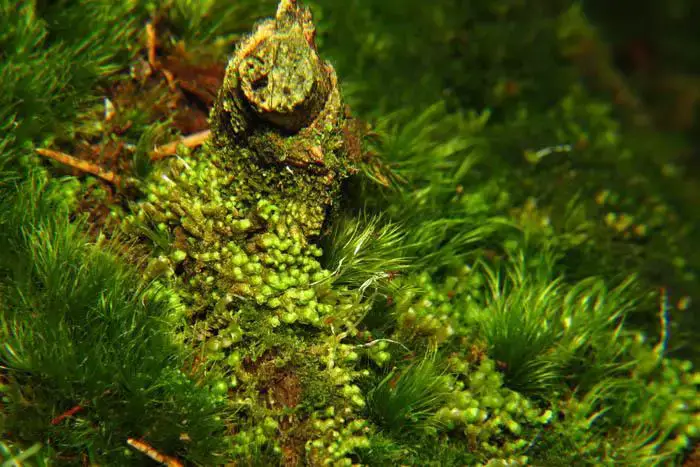
914048.jpg from: https://www.bio-forum.pl/messages/3280/914046.html
Introduction
Scapania recurva Steph. ex Müll.Frib., commonly known as Scapania, is a fascinating species of moss belonging to the Scapaniaceae family. This tiny but mighty plant plays important ecological roles and has some unique adaptations. In this blog post, we’ll dive into the world of Scapania recurva and explore what makes it so special.
Background
Scapania recurva is a type of leafy liverwort, which are non-vascular plants in the division Marchantiophyta. Liverworts are some of the earliest land plants that evolved over 400 million years ago. There are over 7,000 species of liverworts found all around the world, from the arctic to the tropics.
Morphology and Identification
Scapania recurva forms small, green to reddish-brown mats on rocks, soil, or tree bark. The shoots are prostrate to ascending and typically 1-3 cm long. The leaves are succubously inserted (the upper edge of each leaf overlaps the lower edge of the leaf above it) and divided into two unequal lobes. The upper lobe is smaller than the lower lobe.
The leaf cells have trigones (thickenings at the cell corners) and the leaf margins are usually toothed. Gemmae (asexual reproductive structures) are often produced on the leaf margins. The underleaves are absent or very small.
Global Distribution and Habitat
Scapania recurva has a wide distribution, being found in Europe, Asia, Africa, and the Americas. It grows in a variety of habitats including on rocks, soil banks, tree bases, and decaying logs in forests. It prefers humid, shaded environments.
Ecological Roles and Adaptations
Like other bryophytes, Scapania recurva plays important roles in nutrient cycling, moisture retention, and providing habitat for micro-organisms and invertebrates. Its mat-like growth helps stabilize soil and prevent erosion.
Scapania has some adaptations that help it thrive:
- Poikilohydry: It can tolerate drying out and quickly rehydrate when water is available again
- Asexual reproduction: The gemmae allow it to reproduce and spread without relying on sexual reproduction
- Leaf structure: The divided leaf lobes help trap and retain moisture
Conclusion
Scapania recurva may be small, but it is a remarkable and important member of many ecosystems around the world. Its unique adaptations allow it to thrive in challenging environments. Next time you’re out in nature, take a closer look – you may just spot some Scapania! What other tiny wonders of the plant world have you discovered?